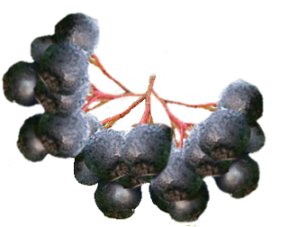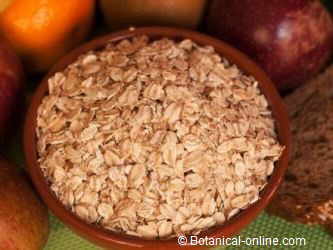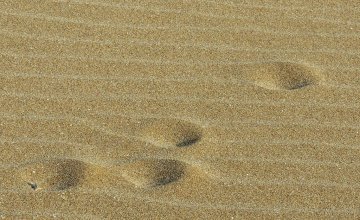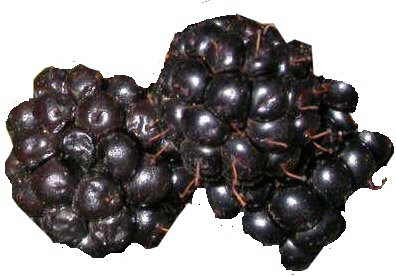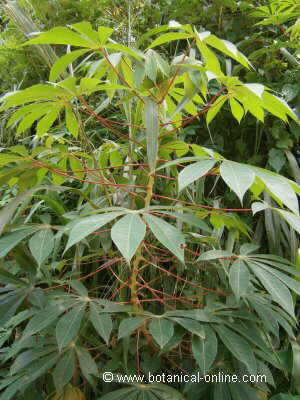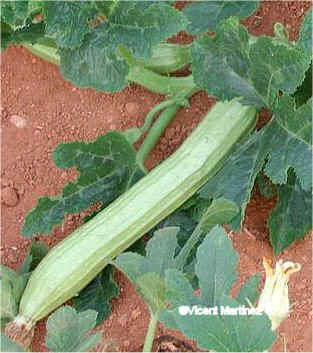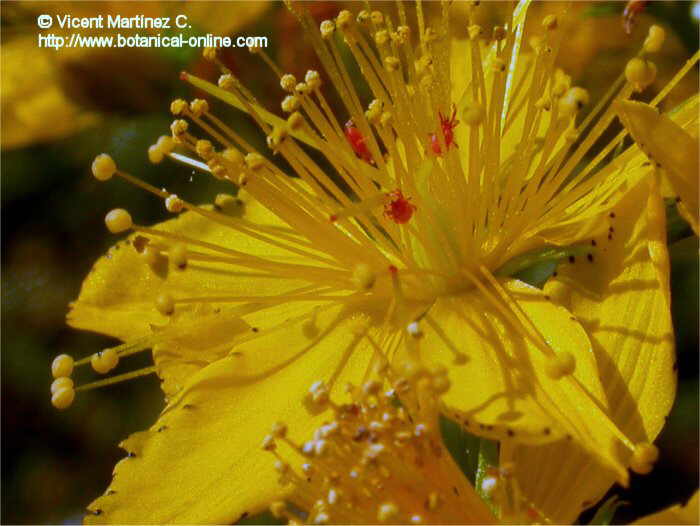Contents
Quince tree diseases and pests
 Diseases of quince tree
Diseases of quince tree
The main diseases that affect the quince are:
- Powdery mildew
- Rust
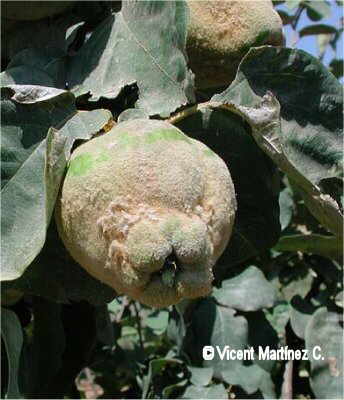 *Quince leaf blight: It is a disease produced by the Diplocarpon mespili fungus, which not only affects quince but also many rosaceae. This fungus produces dark spots on the leaves and fruits.
*Quince leaf blight: It is a disease produced by the Diplocarpon mespili fungus, which not only affects quince but also many rosaceae. This fungus produces dark spots on the leaves and fruits.
Small black dots appear on the leaves that increase so that the leaf turns brown or yellow and falls. This disease can also affect the fruits, producing spots and malformations.
This fungus is kept during the winter in the soil, on plant matter such as leaves, twigs, etc. When spring arrives, it produces spores, which are spread by the wind, pollinators or rain. In this way, they reach the trees, infecting them.
The infection is usually stronger in rainy summers because the rain facilitates the dispersal of the spores.
How to treat leaf spot?
To prevent this disease, it is convenient to prune the dead branches of the trees and clean the ground of any type of plant debris. The treatment consists of the application of Bordeaux mixture of some permitted copper fungicide. The flowers can also be fumigated with copper to prevent the spread of the fungus.
* Brown rot: It is a disease caused by fungi of the Monilinia genus. It causes the death of the flowers and the appearance of small cankers on the flower twigs. In the rainiest years the leaves and fruits are filled with brown layers of spores. The fruits tend to dry out and harden (mummification process) and remain infected on the tree.
The fungus survives in winter on infected twigs, cankers or fruit. In rainy summers, infection is favored.
How to treat brown rot?
The prevention of this disease entails the need to avoid a sprinkler irrigation that moistens the flowers and branches. Eliminate infected material and maintain adequate fertilization, pruning and irrigation so that the tree has good health.
A good pruning allows a better aeration and arrival of the sun. Avoid sprinkler irrigation to reduce humidity and properly water the soil so that the plant is less stressed and better resistant to infection.
Treatment of this infection consists of applying a suitable fungicide.
Since the fruit can be infected at the time of harvest, it is important to introduce it quickly into the cold chain so that the pathogen does not develop. Likewise, we must ensure that the containers are also in good condition and free of this fungus.
*Quince brown spot:
It is a disease caused by the Diplocarpon mespili fungus (Diplocarpon maculatum / Fabraea maculata) that produces the appearance of a series of reddish spots on the leaves that grow larger until they join each other and produce necrosis and fall of the leaves. Once the leaves are well infected, the spots appear on the fruits.
This disease can prevent the fruits from developing.
How to treat the brown spot?
Remove all plant matter from the soil, avoid overhead irrigation, and treat trees with fungicide to prevent and cure this disease.
*Fire blight on the quince:
Disease caused by the bacterium Erwinia amylovora that causes wilting and dropping of flowers. Later, it affects the leaves producing dark spots on the veins and on the edges. The leaves are dried and rolled up in a hanging position on the tree.
The disease advances towards the branches producing cankers. It is also very peculiar to see the milky white or yellow exudates that are produced in plants with advanced infections.
Fire blight is the worst disease that can affect trees such as quince, apple, pear, medlar, as well as certain garden plants such as cotoneaster, pyracantha, hawthorn, etc.
This disease is in quarantine in the European Union so there are very strict regulations when planting species that are free of the disease and when treating it.
 Quince. Pests
Quince. Pests
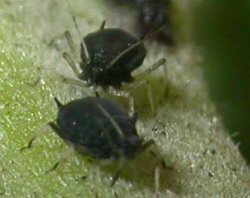
The main pests that can attack the quince are:
- Bryobia mite (Bryobia rubrioculus)
- European red mite (Panonychus ulmi)
- Pearleaf blister mite (Eriophyes pyri)
- San Jose Scale (Diaspidiotus perniciosus. Quadraspidiotus perniciosus)
- Aphids
- Apple aphid (Aphis pomi)
- Rosy apple aphid (Dysaphis plantaginea)
- Woolly apple aphid (Eriosoma lanigerum)
- Fly speck (Schizothyrium pomi)
- Oystershell scale (Lepidosaphes ulmi)
- Codling moth (Cydia pomonella)
- Buffalo treehopper (Ceresa bubalus)
![]() More information on quince
More information on quince

